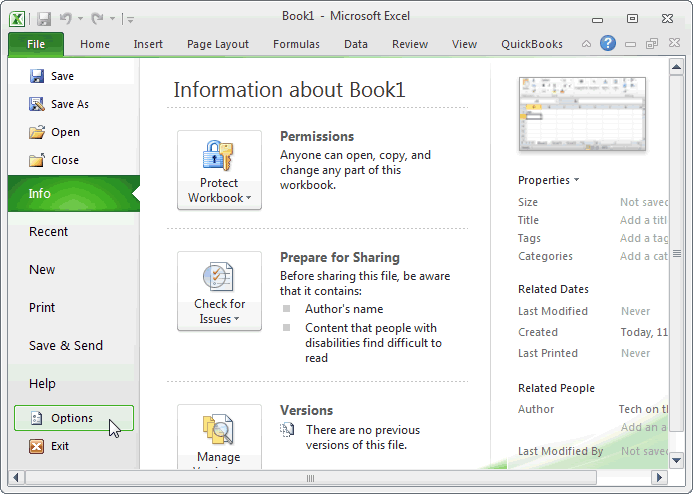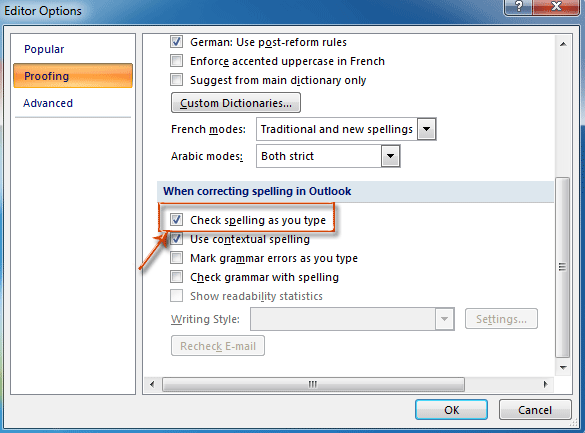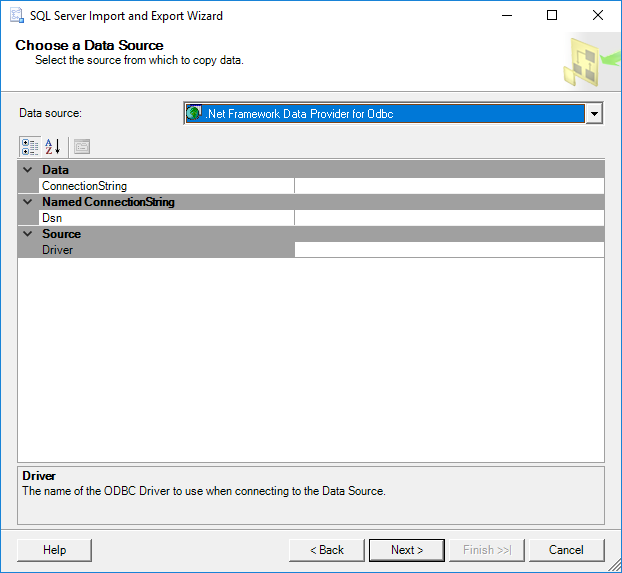


Walk to every users and uncheck the Tools Check for Updates Automatically check for updates for SQL Server Management Studio setting. Aug 22, 2019 You can use the code below to disable all CHECK and foreign key constraints for a specific table in SQL Server. Just replace TableName with the name of the applicable table. ALTER TABLE TableName NOCHECK CONSTRAINT ALL Below is an example where I do this and then check the result. Example 1 – Review the Constraints.
I am installing SQL Server Express R2 in a silent mode and am changing the authentication mode to mixed(SQL). Now I want to disable the password check policy, as the password used in my application is not strongly typed. Currently, The SQL Server fails on installation. I want to disable it at installation level, so that it will support the. Jan 04, 2019 To turn off Editor window in your Word application, we suggest that you click Check Document on the Review tab of your application. Make sure it isn’t grayed out because that means this feature will no longer appear when you're working on your document. Microsoft of recently released a downloaded utility name “Microsoft Kerberos Configuration Manager for SQL Server” which is a diagnostic tool. This tool will help DBAs to troubleshoot Kerberos related connectivity issues with SQL Server, SQL Server Analysis Services, and SQL Server Reporting Services.
You may have seen that SQL Server Management Studio 2017 automatically bubbles and asks for updates. But your users do not have permission to install updates and you maintain updates via WSUS. SQL Server Management Studio 17.x is available via WSUS.
Sql Server Turn Off Replication

Microsoft has for unknown reasons moved this setting into HKEY_CURRENT_USER. How stupid is this... Software is deployed per machine and not per user. Software is only deployed by idiots per user.
Turn Off Spell Check Sql Severe
Now you have two options:
Turn Off Spell Check-in Yahoo Mail

- Walk to every users and uncheck the Tools > Check for Updates > Automatically check for updates for SQL Server Management Studio setting. Not really an enterprise solution.
- Create a per User Group Policy and set the registry key. The value
True(Default) enables andFalsedisables the update notification.
| /***************************************************************************/ |
| /******************************TEST FOR ARITHABORT ON***********************/ |
| /***************************************************************************/ |
| DECLARE @options TABLE ([name] nvarchar(35), [minimum] int, [maximum] int, [config_value] int, [run_value] int); |
| INSERTINTO @options ([name], [minimum], [maximum], [config_value], [run_value]) |
| EXEC sp_configure 'user_options'; |
| SELECT'ARITHABORT '+CASEWHEN ([config_value] & 64) =64THEN'ON'ELSE'OFF'END |
| FROM @options; |
| /***************************************************************************/ |
| /******************************SET ARITHABORT ON****************************/ |
| /***************************************************************************/ |
| -- NOTE: By enabling this at the instance level all .net clients will automatically start connecting with using SET ARITHABORT ON |
| DECLARE @options TABLE ([name] nvarchar(35), [minimum] int, [maximum] int, config_value] int, [run_value] int); |
| DECLARE @Value INT; |
| INSERTINTO @options ([name], [minimum], [maximum], [config_value], [run_value]) |
| EXEC sp_configure 'user_options'; |
| SELECT @Value = [config_value] | 64 |
| FROM @options; |
| EXEC sp_configure 'user_options', @Value; |
| RECONFIGURE; |
| SELECT*FROM @options; -- prior state |
| EXEC sp_configure 'user_options'; -- current state |
| /***************************************************************************/ |
| /******************************SET ARITHABORT OFF***************************/ |
| /***************************************************************************/ |
| DECLARE @options TABLE ([name] nvarchar(35), [minimum] int, [maximum] int, [config_value] int, [run_value] int); |
| DECLARE @Value INT; |
| INSERTINTO @options ([name], [minimum], [maximum], [config_value], [run_value]) |
| EXEC sp_configure 'user_options'; |
| SELECT @Value = [config_value] & ~64 |
| FROM @options; |
| EXEC sp_configure 'user_options', @Value; |
| RECONFIGURE; |
| SELECT*FROM @options; -- prior state |
| EXEC sp_configure 'user_options'; -- current state |